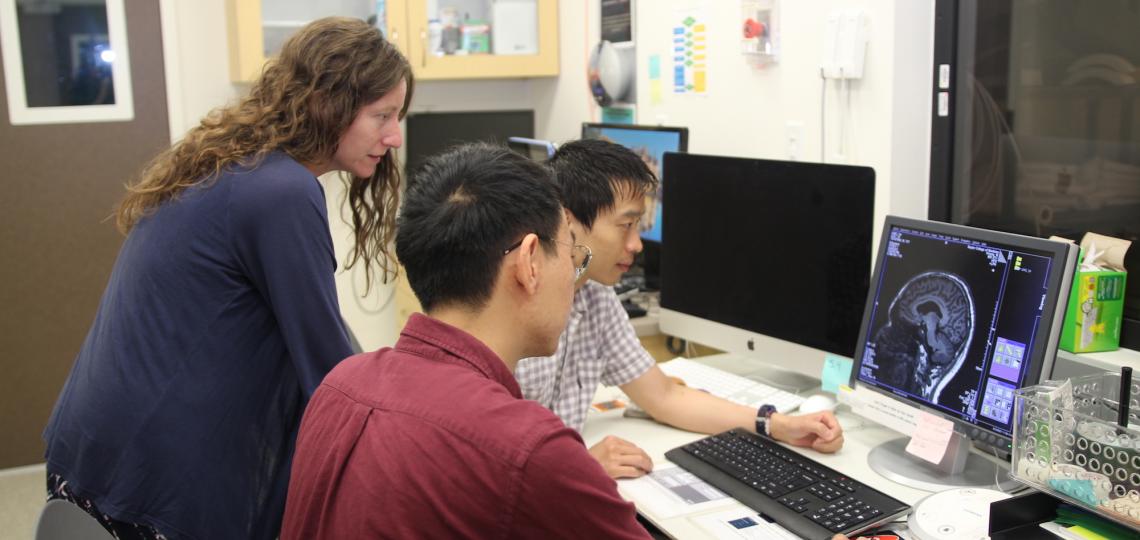
About the Lab
Speech is often effortless and relatively fast. When we talk, we say on average two to three words per second, out of an active vocabulary of tens of thousands of words. There is an infinite number of word combinations, yet we say words in the proper order with the right sounds. How do we successfully select and order words during fluent speech? Why does speech deteriorate because of brain damage? Language is essential to human interaction, yet little is known about how it happens in both the brain and the mind. We use a combination of behavioral, neuropsychological and neuroscience methods to answer these questions.
A fundamental aspect of our existence is that spoken language is our primary means of communication with others. Unfortunately, the ability to speak is impaired following stroke. It is unclear what drives successful recovery of language production following stroke. The Schnur Lab uses cognitive behavioral testing, quantitative (structural, diffusion tensor imaging, perfusion) and functional neuroimaging (resting state functional connectivity), and statistical modeling to understand how multiword production and the neural structures that support it change during recovery following by testing participants within 72 hours of stroke (acute stage) and again at 1, 6 and 12 months after stroke.
We recruit participants in the acute phase after stroke in collaboration with the three comprehensive stroke centers in the Houston Texas Medical Center (Memorial Hermann Hospital, Houston Methodist Hospital, and Baylor St. Luke’s Hospital). Results from this project will help us gain predictive power to assess what types of brain damage and behavior lead to chronic language loss, thus informing both psychological theories and treatment approaches to language.







